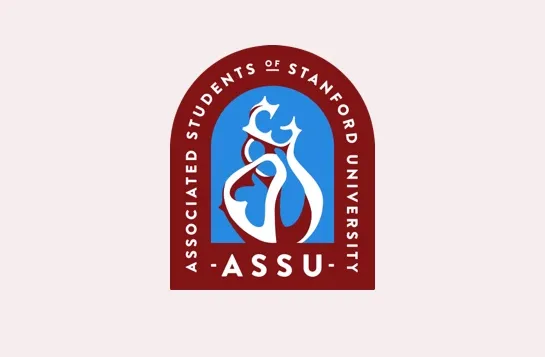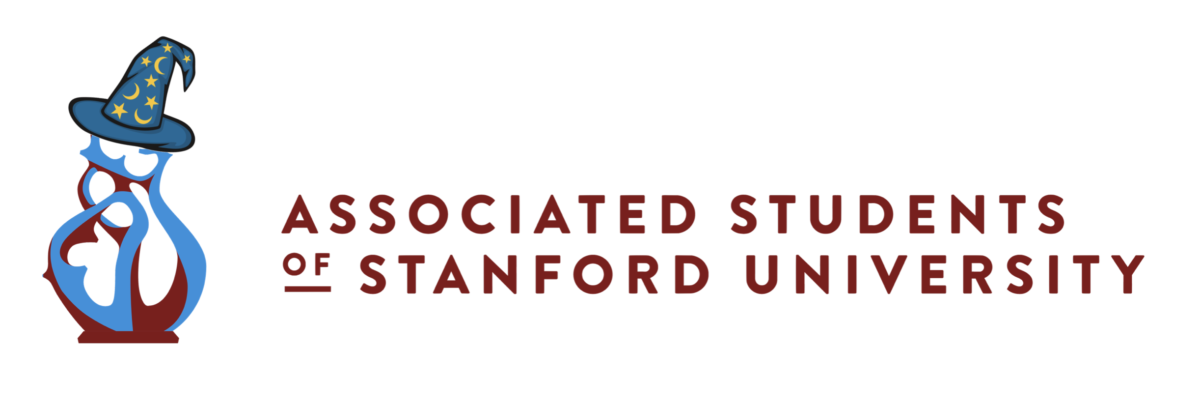
Dear Stanford Community,
The ASSU is committed to ensuring that student voices are solicited and heard when decisions are made at the University. As we all know, next year will bring many challenges (as this past quarter has so clearly demonstrated) and at all points throughout the process, the ASSU hopes to ensure that student opinions and perspectives are front and center. As the first item, the ASSU reached out to get input on when students wish to be on campus next year and related issues.
Here are the results of that survey which speak to the ideas, aspirations, and preferences for next year. The results have been shared with the administration and hopefully they are taking them into consideration as they proceed with planning. You can find the underlying data tables here if you wish to peruse them yourself.
Thank you to all students who responded to the survey. There were 2,699 responses (1,536 textual responses — 51,917 words!) distributed among class year as follows:

In particular, the text responses added significant nuance and reflected the great care and thought so clearly put into them.
General Takeaways
There were a number of overarching themes in the responses that were consistent across years:
- Summer quarter is by far the least desirable — only 3.2% of students marked it as their first or second choice and more than 80% of students marked it as their fourth choice.
- Respondents wish to be on campus with the grades adjacent to them or with frosh.
- Respondents are split almost 50-50 whether being on campus contiguous quarters or being on campus the quarters they expressed the strongest preference for is more ideal, but responses clearly highlighted that moving in/out and traveling to/from campus multiple times represents a significant burden for many students, particularly FLI and international students.
- A portion of students do not wish to return to campus at all and hope to continue with online learning throughout the entire year.
- Respondents articulated that whichever path the administration chooses; it should take steps to mitigate concerns for students who are affected. Examples cited include investing time and money to help students find internship opportunities during other parts of the year and providing library books and scanning services for seniors who need to remotely finish theses.
Class Preferences
The chart below shows the relative preferences of different class years for different quarters.
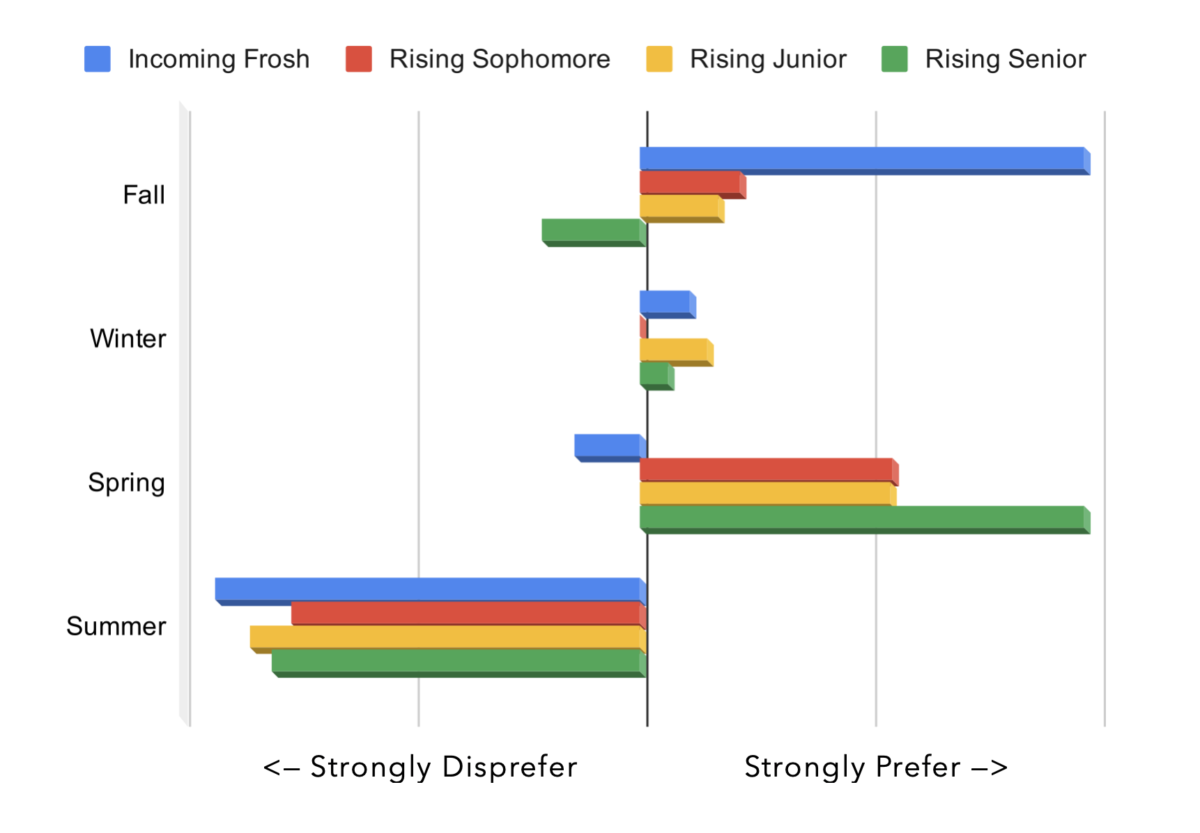
There are a number of key takeaways to highlight in the data:
- While all years strongly disprefer Summer, Frosh have the strongest negative preference, followed by Juniors, Seniors and then Sophomores
- Sophomores and Juniors desire Spring about equally
- Frosh prefer Fall and Winter
- Frosh, Juniors, Seniors all similarly prefer Winter, with Juniors most preferring it and Sophomores least preferring it
- Seniors do not desire Fall, and Sophomores desire Fall slightly more than Juniors
Who Is Assigned Summer?
Assuming no change is made to the overall plan, summer is the most difficult quarter to allocate. While all class years have distaste of a relatively similar magnitude, there was a bit of variation with Frosh being the most averse, then Juniors, and finally Seniors and Sophomores with similar preferences:

The survey also illustrated why each grade was so reluctant to select summer:
- Frosh cite a loss of internships/research opportunities. They also cite the need for time to build community and friendships before weathering 24 weeks of remote learning
- Sophomores cite a loss of internships/research opportunities
- Juniors strongly cite a loss of internship opportunities as many believe these internships define their entire career prospects! This theme was very consistently communicated in the written responses
- Seniors: Two split camps. ~25% see it as an opportunity to have one last fun quarter that might not require social distancing and could also increase the likelihood of a traditional, in-person graduation at the end of the Summer. ~75% are strongly against Summer due to conflicts with jobs, grad schools, other programs or a planned break before entering the professional world. The other reason cited is a need to be on campus other quarters to finish theses
In addition there were a few reasons generally given why summer was undesirable:
- Lack of air conditioning
- Concern about weaker course offerings because Profs won’t wish to teach
Many have asked, “Based on the survey data, what is the ideal layout?” In truth, there is no clear answer based on the survey data since summer was so undesirable. One must use reasoning other than this survey to allocate the summer. However, once two years are chosen to be on campus during the summer, the rest of the year falls nicely into place based on respondents’ preferences. Woe unto thee who will ultimately need to decide who is stuck with summer quarter.
Scenarios Given Summer Configurations
You can find the calculated ideal layout for the rest of the year given a summer configuration in the appendix. The calculations seek to maximize overall preferences and prevent students from receiving their fourth choice. The model also minimizes the number of move ins/outs needed and each year was given the opportunity to spend their two quarters on campus with a different second class year.
Exceptions
Another theme that emerged is the importance of allowing individual students to be granted an exception to be on campus during a different quarter than their class year. A full list of exception criteria suggested through the survey can be found in the appendices.
As always, your feedback, opinions, and questions are welcome. Ultimately this decision will be made by the administration, but the ASSU is here to support you and advocate for the best possible policies. Feel free to write directly to the administration at [email protected] or reach the ASSU at assu.stanford.edu.
Sincerely yours,
Jonathan Lipman, ASSU Undergraduate Senator
Contact Jonathan Lipman at jonathan.lipman ‘at’ stanford.edu
The Daily is committed to publishing a diversity of op-eds and letters to the editor. We’d love to hear your thoughts. Email letters to the editor to eic ‘at’ stanforddaily.com and op-ed submissions to opinions ‘at’ stanforddaily.com.
Follow The Daily on Facebook, Twitter and Instagram.
Appendix 1: Preferred configuration given summer allocation
These tables show the best configuration assuming that a given two classes will be on campus in the summer. The twin modeling objectives were to satisfy overall preferences and prevent people from receiving their fourth choice. Assumptions: the configurations minimize the number of move ins/outs needed and each year was given the opportunity to spend their two quarters on campus with a different second class year.
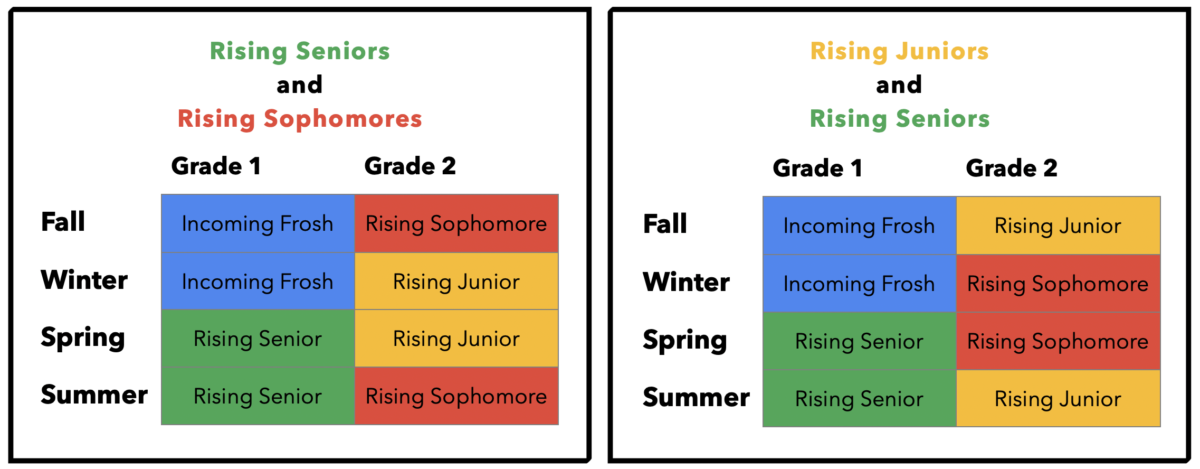
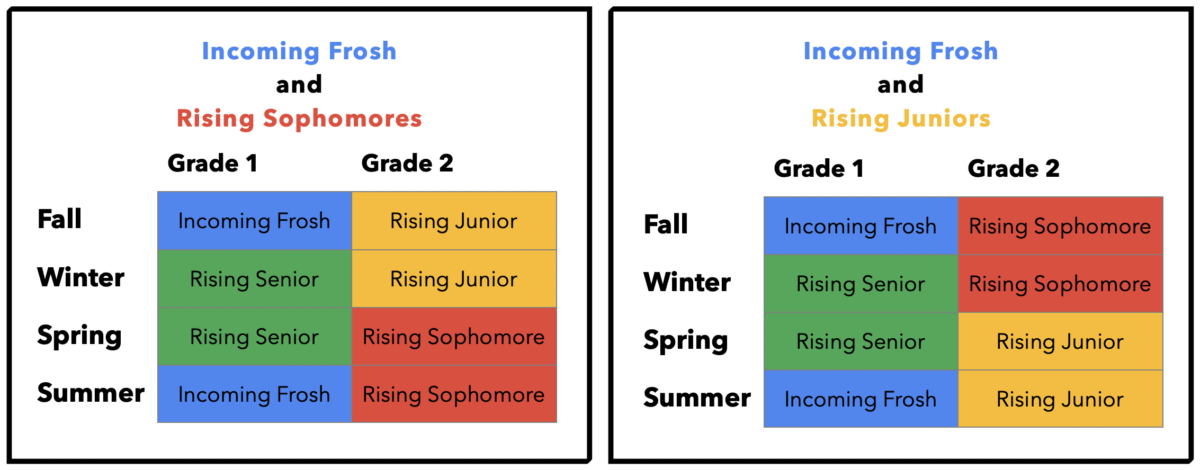
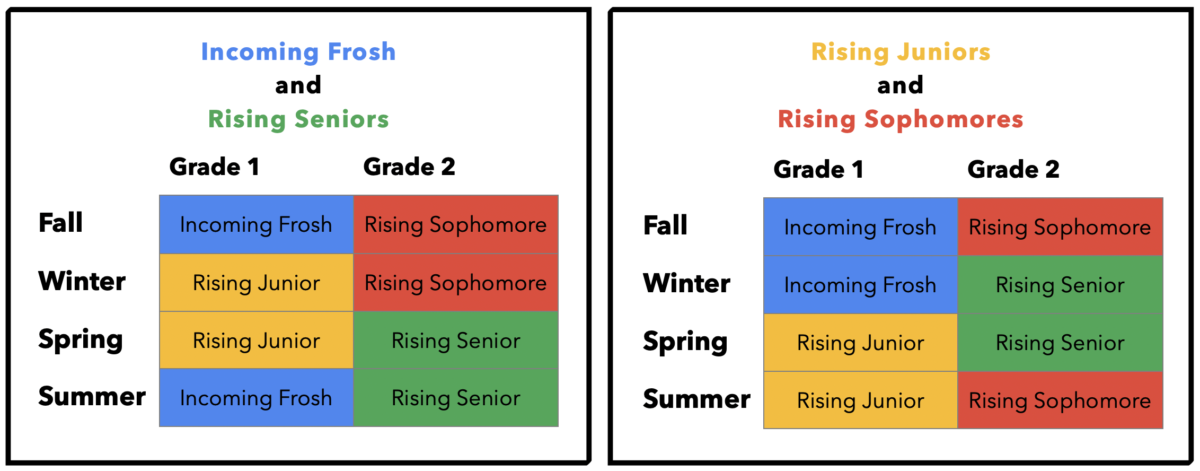
Appendix 2: Respondents’ suggested reasons for an exception
In addition to the main determination of who will be on campus based on class year, there were a number of proposals for special circumstance that might warrant an exception. All of the submitted circumstances are listed here:
- Student Staff
- VSO Leadership Roles
- Athletics (both Club and Division 1)
- If you live near campus, can you attend on campus activities and classes?
- Inequity in learning opportunity while at home (no quiet spaces, internet access, etc…) or non supportive home circumstances
- Homelessness, housing insecurity, food insecurity, families without resources to support students at home or abusive/dangerous home situations
- Low income students who have urgent need for on campus jobs or income from summer internships
- Health status — immunocompromised or family health situations
- Participation in extracurriculars which require in-person participation like theatre shows, SSI, LSJUMB, Solar Car, ROTC, dance groups, etc…
- Honors theses or other research that requires physical presence (labs) or library access
- International students who are in significantly different time zones/visa/entrance restrictions, international students staying in between or for contiguous quarters because of transit issues/cost, or international students who cannot get a visa in time for the fall
- Participation in NSO, Frosh 101 or other Frosh centric Fall activities as an upperclass student
- Class offerings to fulfill major requirements (particularly for disciplines requiring in-person instruction like Art, ME, Chem, etc…)
- Students who otherwise wished to go abroad during the quarters they were assigned to
- Greek life rush/other new member recruitment
- Scholarship funding tied to certain quarters
- Students who rely on on campus/in-state medical or psychological care
- Section leading or TA-ships
- Plans to graduate early
- Immovable summer commitments (nationally required military service or summer training before grad school)
- Severe mental health/suicide concerns from loneliness off campus or home situation
- Enrollment in graduate classes that require in person participation (GSB project classes, etc…) or Co-Term requirements
Appendix 3: Raw data
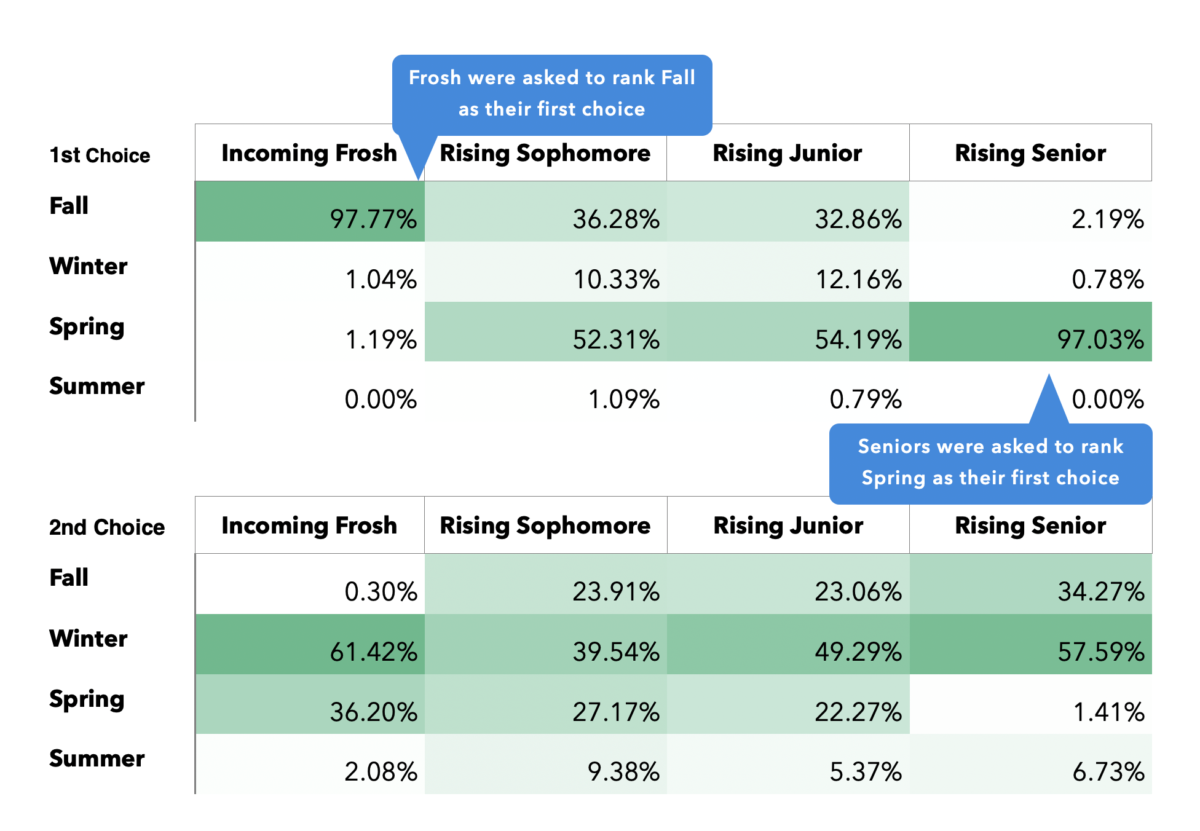
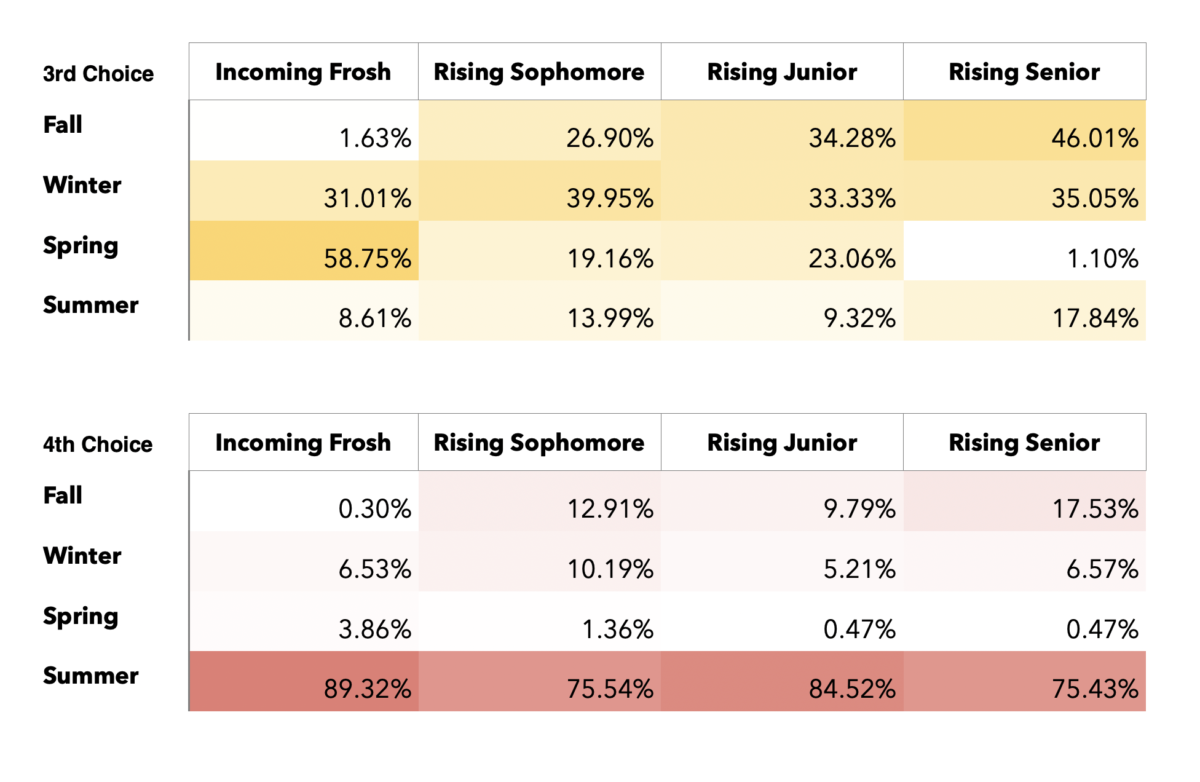
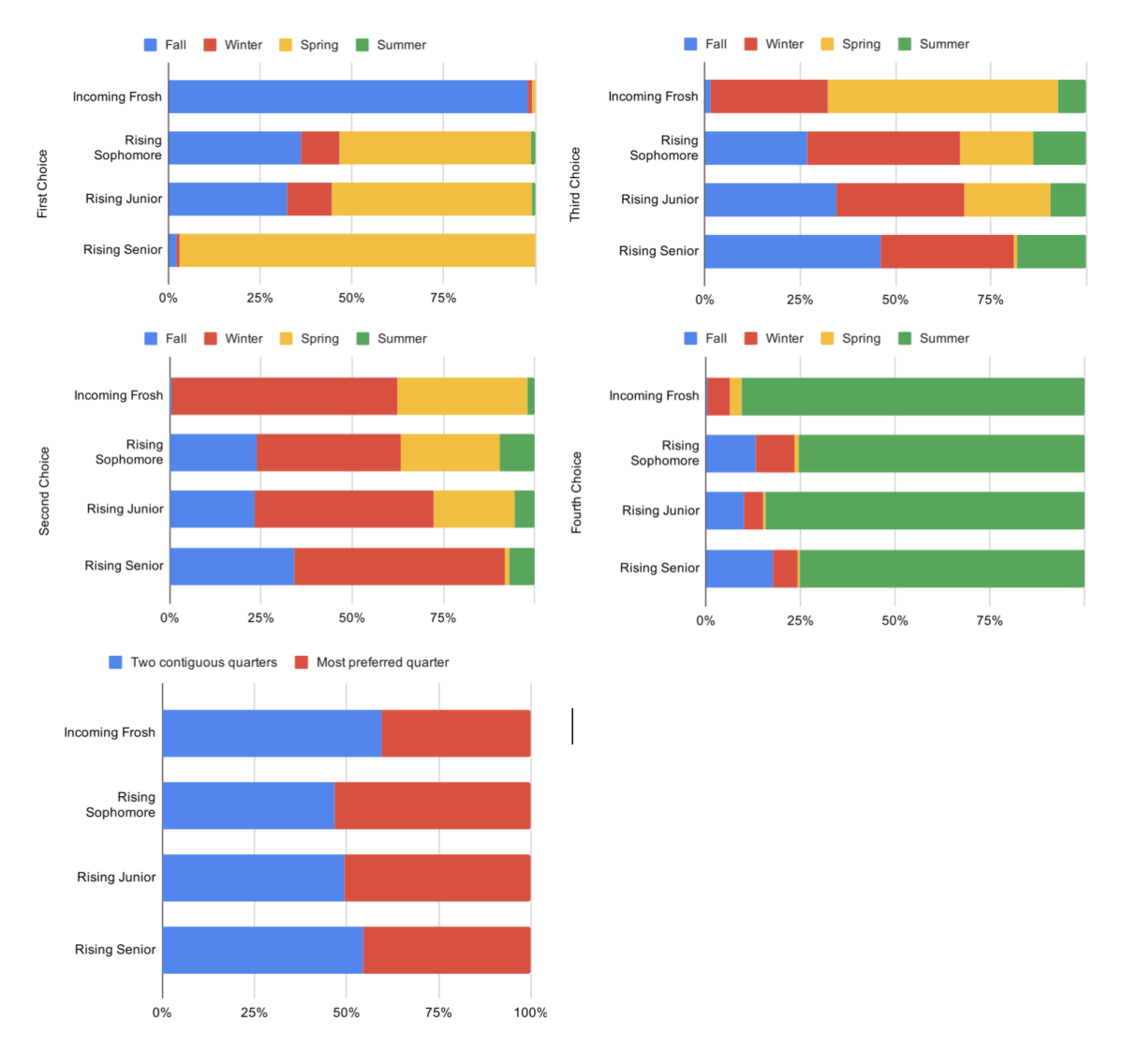
Appendix 4: Merged preferences
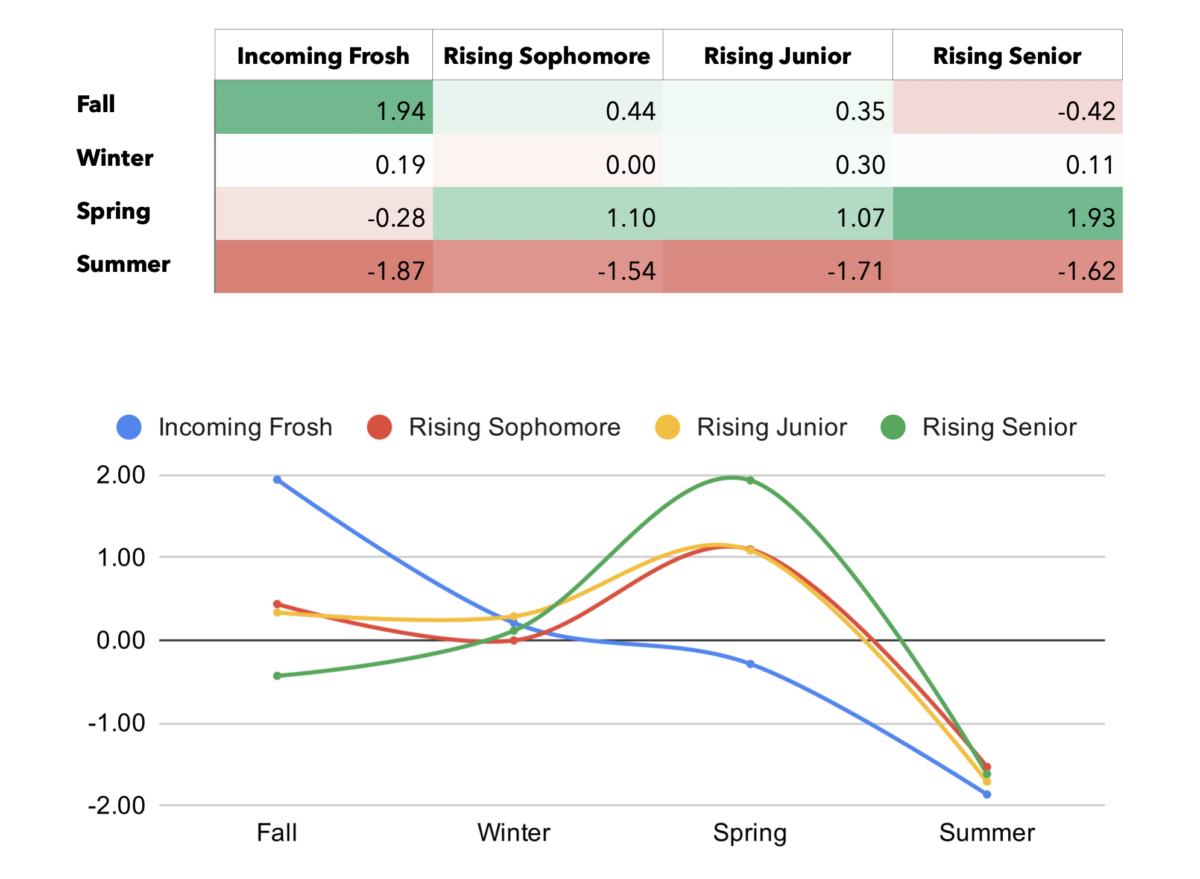
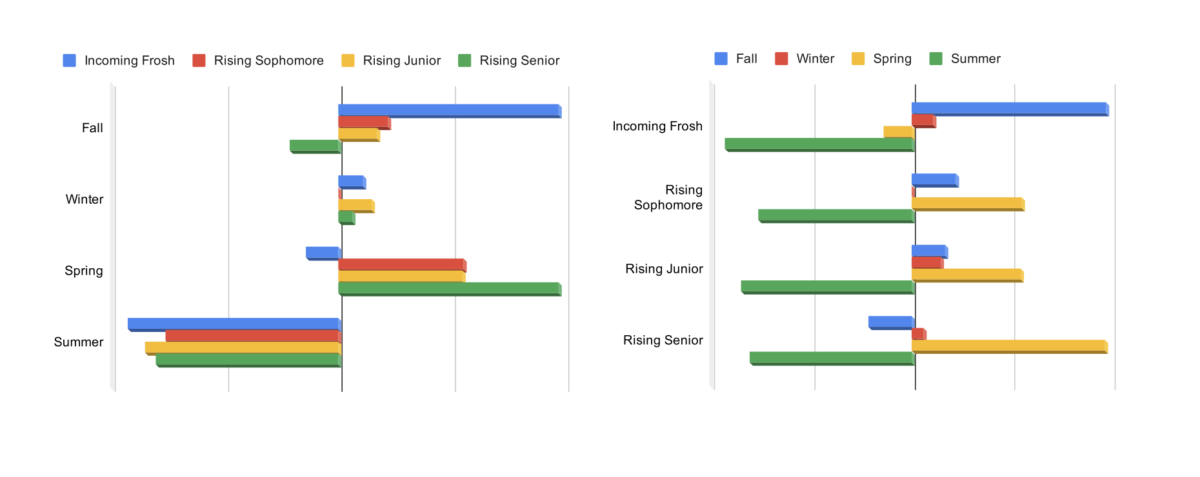
Appendix: 5 Alternative Ideas Proposed By Respondents
- Allocating when people will be invited onto campus with a draw like system so that friends groups could stay together
- Let students who are remote enroll in a more part-time fashion across all four quarters
- Allocate people based on academic disciplines
- Life in “pods” based on housing that live, go to classes, and socialize together in isolation from the the rest of campus — give everyone free backpacks/t-shirts/wristbands/necklaces with their pod color.
- Students who are staffing can live on campus even if they are not taking classes
- Plan to have three classes during the spring when the disease has hopefully let up so that only one class has to be there during the summer
- Construct temporary housing during fall so capacity can be increased to three grades for winter and spring
- Seniors should be on campus three quarters since they are graduating, and each other class is there one quarter meaning no summer
- Re-purpose part of EVGR to house undergraduates to increase capacity
- Figure out how to organize community for Stanford students grouped in locales around the world. i.e. have all Atlanta based students form a physical community while not on campus
